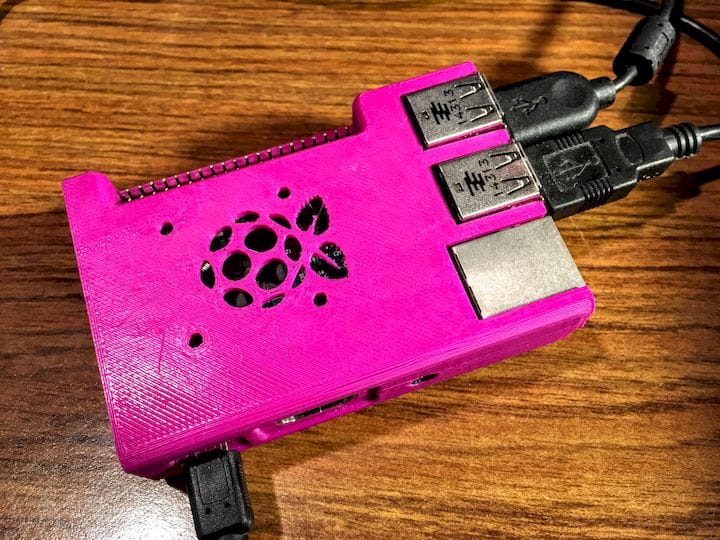![[Image: Fabbaloo]](https://fabbaloo.com/wp-content/uploads/2020/05/3dprinted-iot-pi-case_img_5eb096e5a4f1e.jpg)
You already know that 3D printing is one of the most important technological disruptions in living memory. We’ll continue to see it grow by 21% each year through 2020, and arrive at a total market value of more than $175 billion before continuing upward.
What’s even more exciting than 3D technology alone? The emerging relationship between 3D printing and the Internet of Things. Here’s a look at some of the possibilities.
Greater Insights Into Real-World Product Use
Employing 3D printing techniques to manufacture housing and enclosures for electronic devices sounds like low-hanging fruit. The question isn’t whether additive manufacturing will become instrumental in manufacturing a substantial portion of the 73 billion IoT devices expected to proliferate by 2025. The question is what kind of functionality and customizability this manufacturing technique will unlock.
Before very much longer, manufacturers and even hobbyists will be able to print a startling number of IoT-equipped devices, ranging from electric razors to running shoes to power tools. Products like these could contain a variety of sensors and other devices which can learn user patterns, identify stress points and feed rich data back into product research and development. This is something Philips is already trying out, in order to study how consumers interact with and even repair their products out in the real world.
The automotive industry will also benefit from IoT-driven insights into product usage, lifecycles and wear and tear. Cars equipped with sensors and other data-gathering devices could monitor themselves for performance and keep abreast of impending maintenance issues or parts failures. Imagine receiving a notification from your smart car that an engine part is running hotter than it should or giving off excess vibration.
You could roll into a nearby service station, have them confirm the diagnosis, and then print a replacement part on-the-spot using digital schematics. No waiting around for parts to come in — and no massive inventory sitting around from multiple automakers.
Embedded Electronic Tags for Traceability and Authenticity
From the smallest manufacturing company, all the way to the Pentagon, counterfeit parts are a real and costly problem. The U.S. military estimates that up to 15% of their spare parts supply chain may be comprised of counterfeit goods. Most of the available methods for tackling this problem have been, until recently, deeply imperfect. Product authenticity used to rely on manufacturer branding and stamped serial numbers — but 3D printing and the IoT point to a better way.
As 3D printers have become more sophisticated, so have the designs they can create. Researchers now propose embedding electronic tags inside 3D objects as they’re being printed, as a means of storing critical details about origin and authenticity within the products themselves. No more serial numbers on the outside and no more worrying about tampering or dubious chains of custody. Instead, these tags are locked away safely inside the product’s structure, yet can be read easily using a method called “computational imaging.”
Personalized Health Care Devices and Medical Services
We’ve all seen headline-grabbing stories about researchers 3D-printing medications and even human tissues and functioning organs using “bio-inks.” There may be no more exciting application for 3D printers than advancing the boundaries of medicine. It comes at a critical moment, too, because the balancing act between health care outcomes and affordability has arrived as one of the defining economic and social issues of our time.
Wearable or implantable IoT devices equipped with sensors will be able to detect movement, force, and physiological data to help physicians fine-tune the fit and performance of prosthetics for each user individually. Similarly, we can expect to see an explosion of bespoke medications, each one chemically formulated and portioned just right for each patient based on their age and how advanced their condition is.
The endgame could be the full-scale decentralization of the pharmaceutical industry, with 3D printers and data sharing right at the center of it all. Doctors will soon be able to receive patient health telemetry remotely, thanks to wearable health devices, adjust the patient’s treatment based on the readings, and then send an order to a local pharmacy, which would then print out the updated medication.
In short, combining the Internet of Things with 3D printing will remake entire industries before our eyes — and we’re only getting started imagining the potential.











